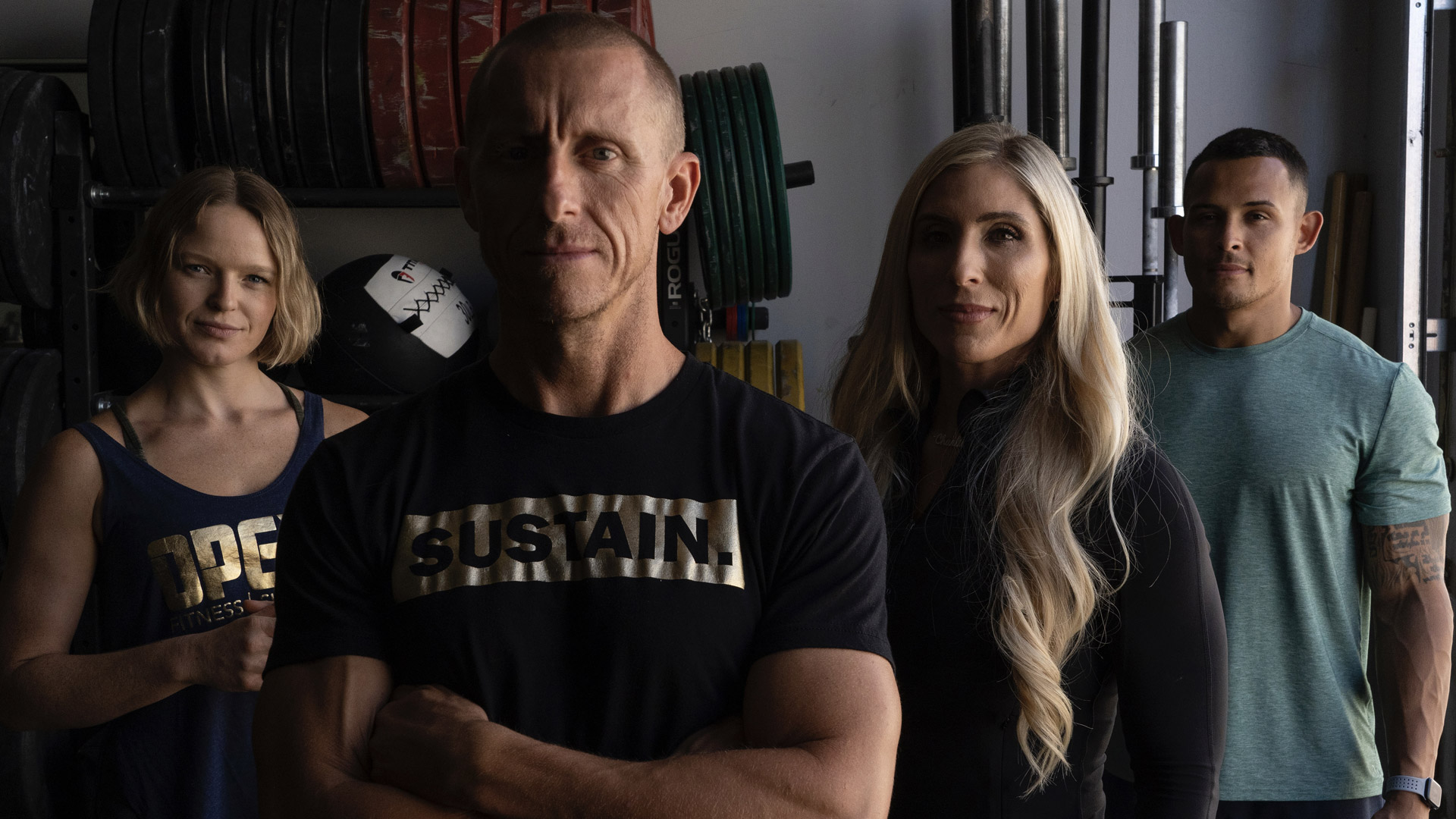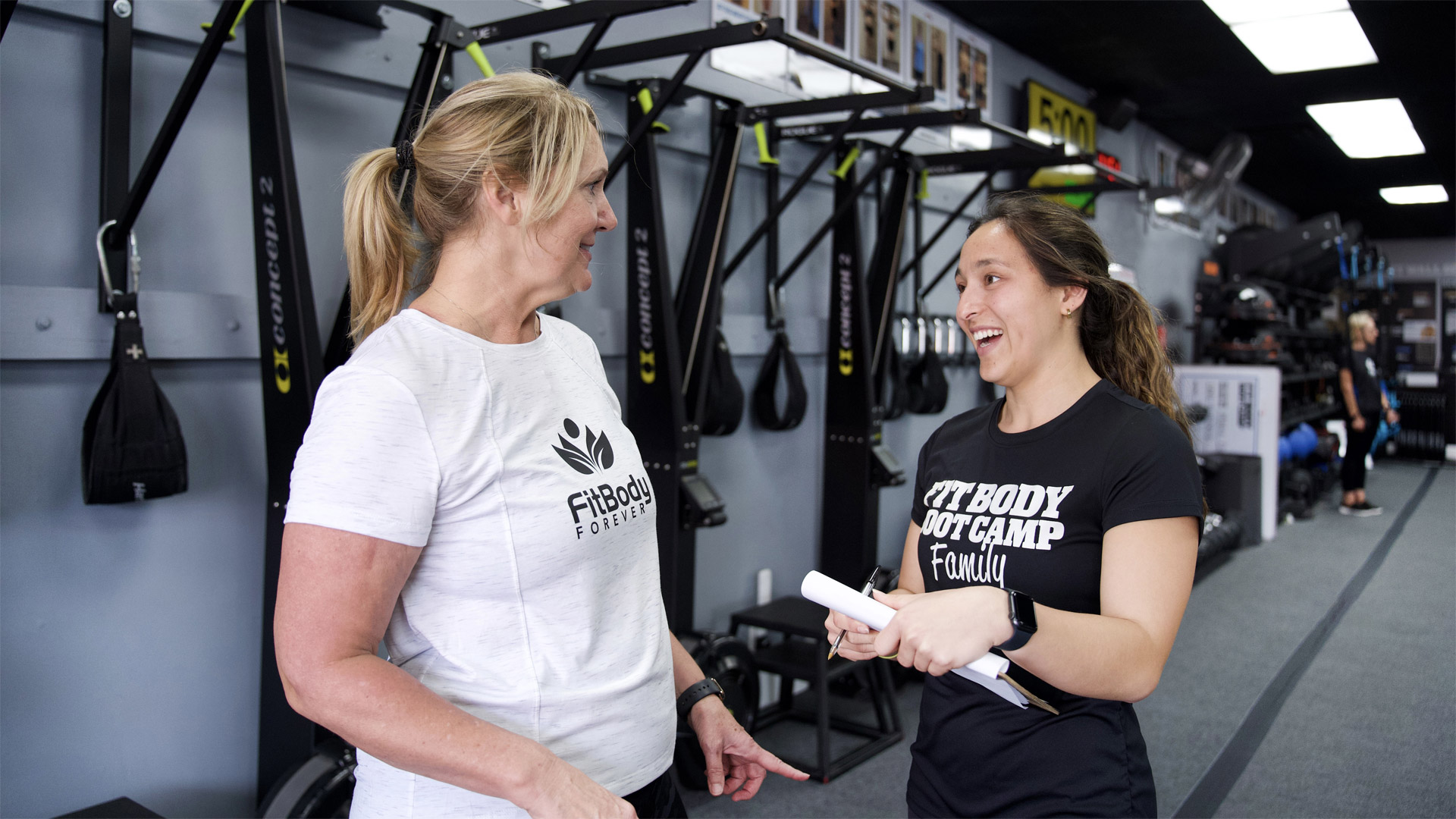All Categories


“What do you want to train today?” These are words that should NEVER come out of a personal trainer’s mouth when meeting with a client.
Personal trainers are fitness professionals, with an emphasis on the word ‘professional,’ which means that a training session should be prepared and ready prior to a client’s arrival. Failing to take the time to design a proper exercise program and instead just ‘winging it’ with each workout is a surefire way to lose clients.
A common challenge for all fitness professionals, new and experienced, is generating and retaining clients for the long term. Program design, when correctly applied, can be one of the most effective ways to retain clients while creating a unique identity for yourself as a personal trainer.
One common pitfall for newer fitness professionals is offering clients a different workout with every training session. The perception is that it creates a fun, engaging, unique experience for the client; however, nothing could be further from the truth.
Providing clients with a different workout in each training session does not apply the principles of established exercise science in a way that results in long-term client retention. Instead, clients may experience frustration. Giving a client a different workout each session could be considered a form of malpractice, because while the client will be burning calories, they won’t experience any progress in technical movement skills.
Exercise is a function of movement, with coordinated movement being a skill that must be developed and refined over time. Therefore, changing exercises with every workout contradicts established scientific principles on teaching movement skills. For a client to improve movement skills and coordination, there must be consistency in the exercises selected for their workouts.
Apply the science of periodization to provide a systematic way to constantly challenge your clients. Using periodization can enhance the value of your services because your clients feel like they’re doing different workouts while developing the muscular strength and movement skills that will last a long time.
Clients will love a periodized program because the exercises are consistent, providing for efficient learning, while the other variables of exercise program design: intensity, reps, sets, rest interval, and tempo are manipulated to create challenging and engaging workouts. Here are 6 reasons for using periodization as a strategy for long-term retention of personal training clients:
Successful personal trainers know that progressive overload is the most effective way to stimulate the changes that clients want. A progressively challenging strength training program can be the most effective way to gain strength, add muscle and change appearance.
How you program workouts for your clients will establish whether they achieve their fitness goals. Understanding how to apply periodization for a systematic and progressive application of exercise variables gives you the ability to change volume, intensity and complexity at specific intervals to maximize performance while allowing appropriate recovery.
Whether you select Linear or Non-Linear periodization, systematically changing the variables of exercise program design applies the science of exercise so clients achieve their desired goals, a time-proven method of client retention.
Pete McCall
The author of Smarter Recovery: A Practical Guide to Maximizing Training Results, Ageless Intensity: High Intensity Workouts to Slow the Aging Process and Smarter Workouts: The Science of Exercise Made Simple. He is a Certified Strength and Conditioning Specialist (CSCS), education consultant and public speaker. As a consultant, Pete has creates and delivers education and content solutions for a variety of health and fitness organizations including the American Council on Exercise (ACE), the National Academy of Sports Medicine (NASM), Reebok, 24-Hour Fitness, Core Health & Fitness (Nautilus & StairMaster) and Hyperwear. Frequently quoted in publications such as The New York Times, Washington Post, San Diego Union-Tribune, SELF, Glamour, and Shape Magazine and featured as a fitness expert for TV news outlets including WRC-NBC (DC), Fox News, Fox 5 San Diego, and NBC7 San Diego, Pete is a sought-after media resource for accurate, in-depth insights on how to get results from exercise.
Based in Vista, CA, Pete holds a master’s degree in exercise science and health promotion, completed a Fellowship in Applied Functional Science with the Gray Institute, is a Certified Strength and Conditioning Specialist (CSCS) through the National Strength and Conditioning Association and has spent a large portion of his career educating personal trainers around the world as a workshop instructor and speaker. In addition to his books, Pete has authored numerous articles for fitness trade publications, exercise-science blogs and textbook chapters.
Powering the Business of Health, Fitness, and Wellness Coaching

By Elisa Edelstein

By Robert James Rivera

By Robert James Rivera

By Elisa Edelstein

By Elisa Edelstein

By Elisa Edelstein

Powering the Business of Health, Fitness, and Wellness Coaching
